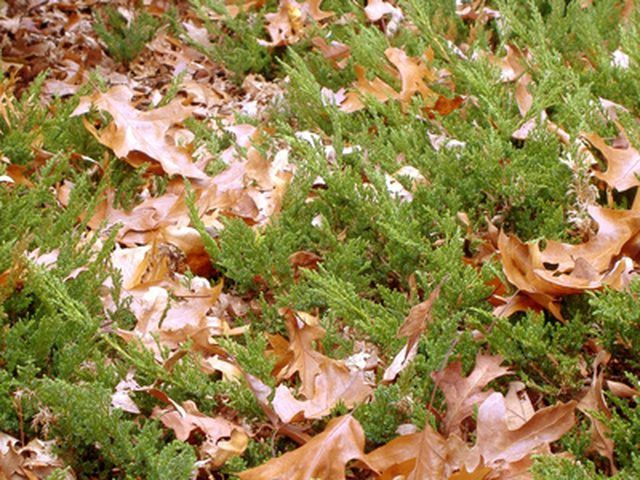Bulbs
Flower Basics
Flower Beds & Specialty Gardens
Flower Garden
Garden Furniture
Garden Gnomes
Garden Seeds
Garden Sheds
Garden Statues
Garden Tools & Supplies
Gardening Basics
Green & Organic
Groundcovers & Vines
Growing Annuals
Growing Basil
Growing Beans
Growing Berries
Growing Blueberries
Growing Cactus
Growing Corn
Growing Cotton
Growing Edibles
Growing Flowers
Growing Garlic
Growing Grapes
Growing Grass
Growing Herbs
Growing Jasmine
Growing Mint
Growing Mushrooms
Orchids
Growing Peanuts
Growing Perennials
Growing Plants
Growing Rosemary
Growing Roses
Growing Strawberries
Growing Sunflowers
Growing Thyme
Growing Tomatoes
Growing Tulips
Growing Vegetables
Herb Basics
Herb Garden
Indoor Growing
Landscaping Basics
Landscaping Patios
Landscaping Plants
Landscaping Shrubs
Landscaping Trees
Landscaping Walks & Pathways
Lawn Basics
Lawn Maintenance
Lawn Mowers
Lawn Ornaments
Lawn Planting
Lawn Tools
Outdoor Growing
Overall Landscape Planning
Pests, Weeds & Problems
Plant Basics
Rock Garden
Rose Garden
Shrubs
Soil
Specialty Gardens
Trees
Vegetable Garden
Yard Maintenance
Types of Juniper Ground Cover
Types of Juniper Ground Cover. Junipers comprise a wide variety of evergreen plants ranging from low-growing shrubs to trees. They are part of the Cupressaceae family that have needle-shaped leaves. Many junipers are fragrant and make good plants to provide visual and aromatic interest in gardens throughout the year. Low-growing varieties are good...

Junipers comprise a wide variety of evergreen plants ranging from low-growing shrubs to trees. They are part of the Cupressaceae family that have needle-shaped leaves. Many junipers are fragrant and make good plants to provide visual and aromatic interest in gardens throughout the year. Low-growing varieties are good for providing ground cover where growing conditions are difficult, such as shady areas and slopes.
Planting
Four varieties of juniper are recommended by Purdue University for ground cover. Ideally, planting should be carried out in spring, although juniper can be planted at any time of the year. Before planting, prepare the soil by digging 10 inches deep and mixing 2 inches of peat moss or manure into it. Add a complete fertilizer to the soil, such as 12-12-12. Space the plants according to the recommended measurements for your variety. Dig a hole the same depth as the rootball, position the plant, then refill with soil. Keep the plant well-watered and place a 2-inch layer of mulch on top of the immediate soil area, such as wood chips or straw, to help retain moisture and keep weeds at bay.
Juniperus Chinensis
Sunny locations are ideal for Juniperus chinensis. It grows flat and reaches 18 to 24 inches high and 8 to 10 feet wide. The flat shape is good for providing a mat of cover on slopes or to fill in areas that are awkward to plant. Needles have a distinctive steel-blue color.
Juniperus Conferta
This hardy variety enjoys sandy soils and can thrive in poor soils or windy exposed locations. Juniperus conferta reaches 12 inches high and prefers sunny spots but is suitable for any position in the garden. It has a coarse texture and shaggy appearance, which make it suitable for informal planting designs.
Juniperus Horizontalis
If you live in a city or your soil is dry, Juniperus horizontalis is ideal because it is very hardy. It has blue-green needles and grows into a thick mat that reaches 12 to 18 inches high. Popular cultivars include Douglasii, which has steel-blue foliage during summer and a hint of purple in winter.
Juniperus Procumbens
Rockeries and slopes are good positions for Juniperus procumbens because it is slow-growing and has stiff branches and dense foliage. Its considered by horticulturalists to be the best slow-growing juniper. Needles are steel-blue in color and the shrub reaches 2 feet high and 5 feet wide.